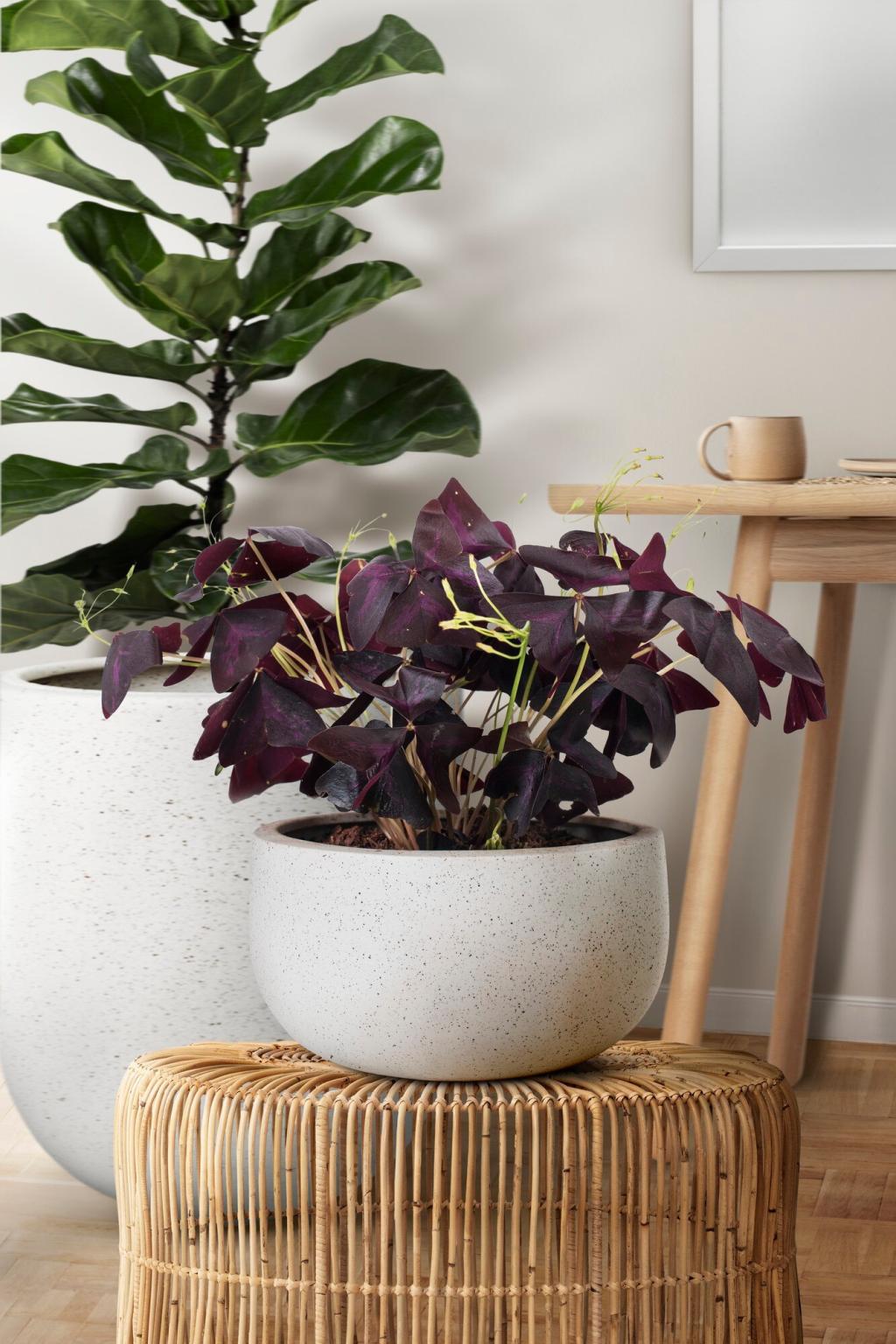Sustainable Wall Coverings for Homes
Sustainable wall coverings are playing a pivotal role in transforming interior spaces into environmentally responsible and visually stunning environments. With a growing awareness of ecological impact, homeowners are increasingly seeking out options that combine style, durability, and sustainability. This guide delves into the world of sustainable wall coverings, exploring materials, benefits, installation practices, and maintenance. Whether renovating or building new, understanding the importance of eco-friendly choices can help create healthier homes and foster a greener planet. By making informed decisions, it’s possible to achieve a balance between aesthetics and environmental responsibility, ensuring the walls of your home tell a story of care and conscious living.
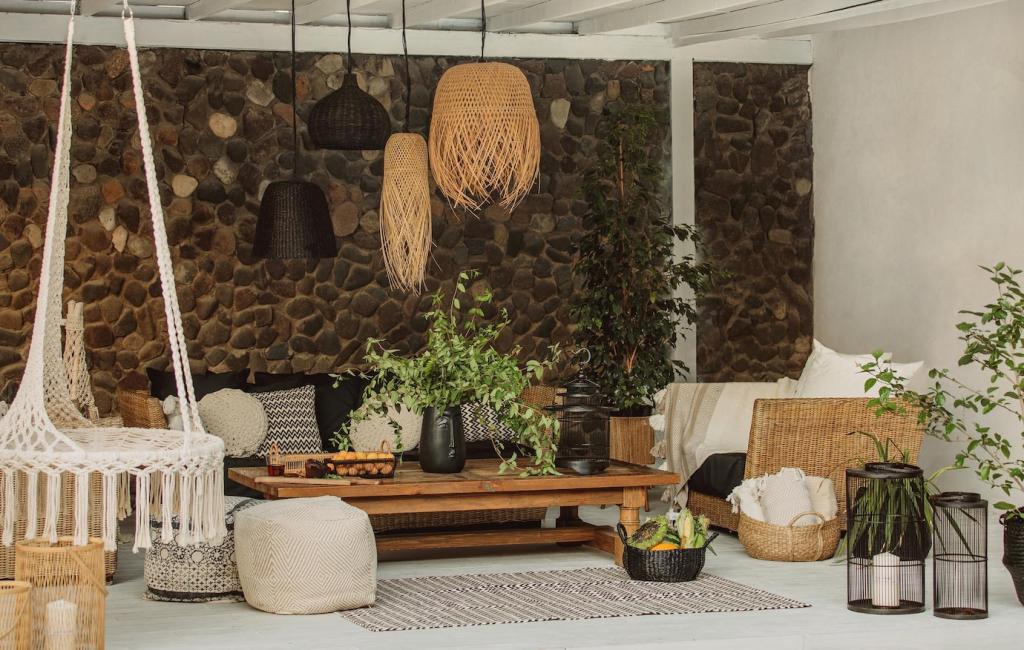
The Importance of Sustainability in Interior Design

Types of Sustainable Wall Coverings
Natural Fiber Wallpapers
Recycled Material Coverings
Cork Paneling

Forest Stewardship Council (FSC) Certification

GreenGuard Certification
Aesthetic Versatility of Sustainable Wall Coverings
Installation Practices for Sustainability
Low-VOC Adhesives and Pastes
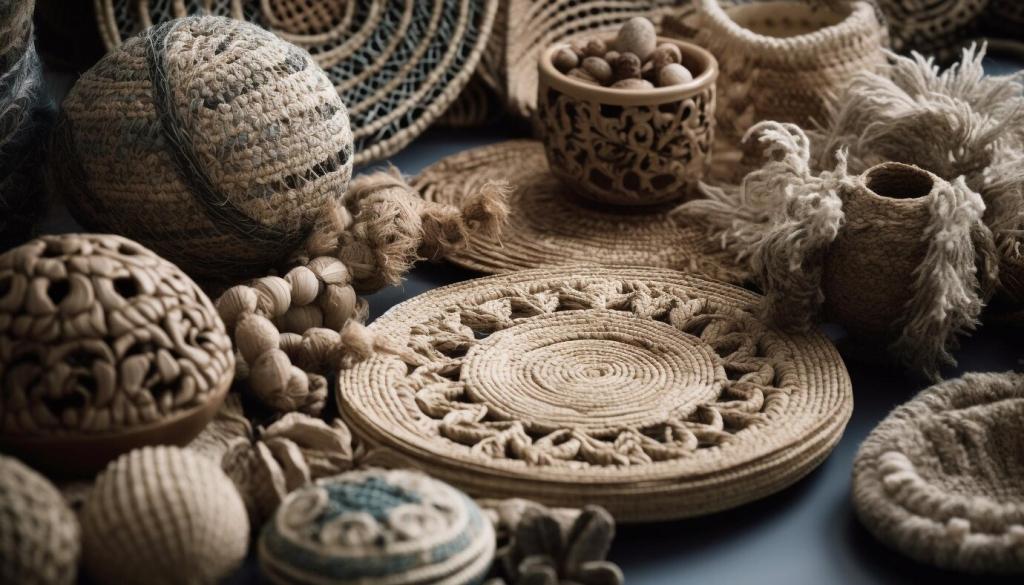
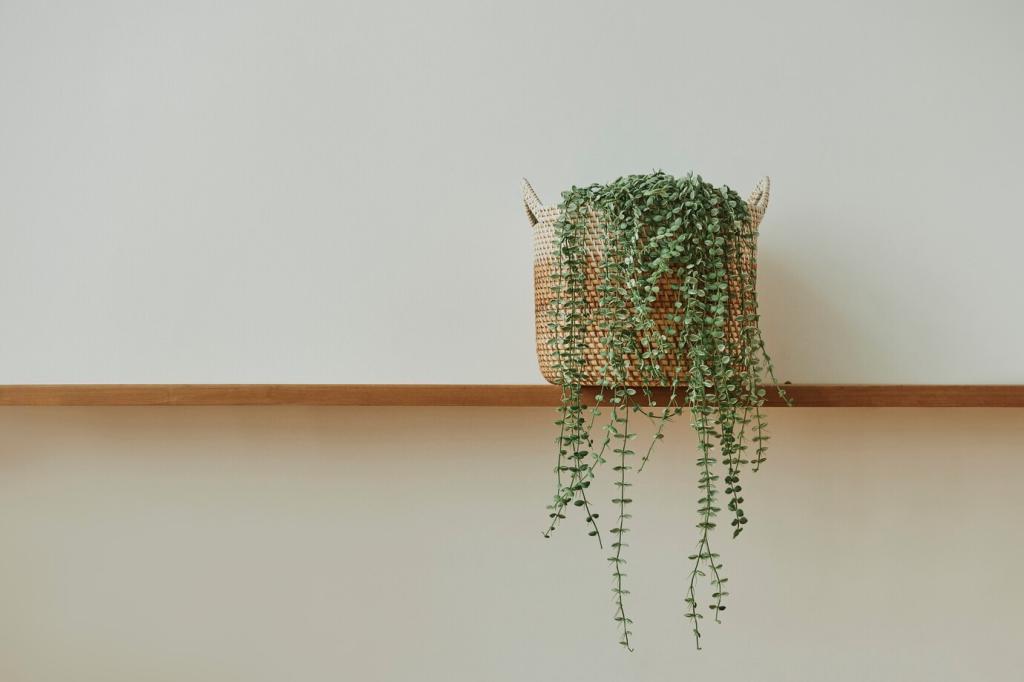
Waste Reduction During Installation

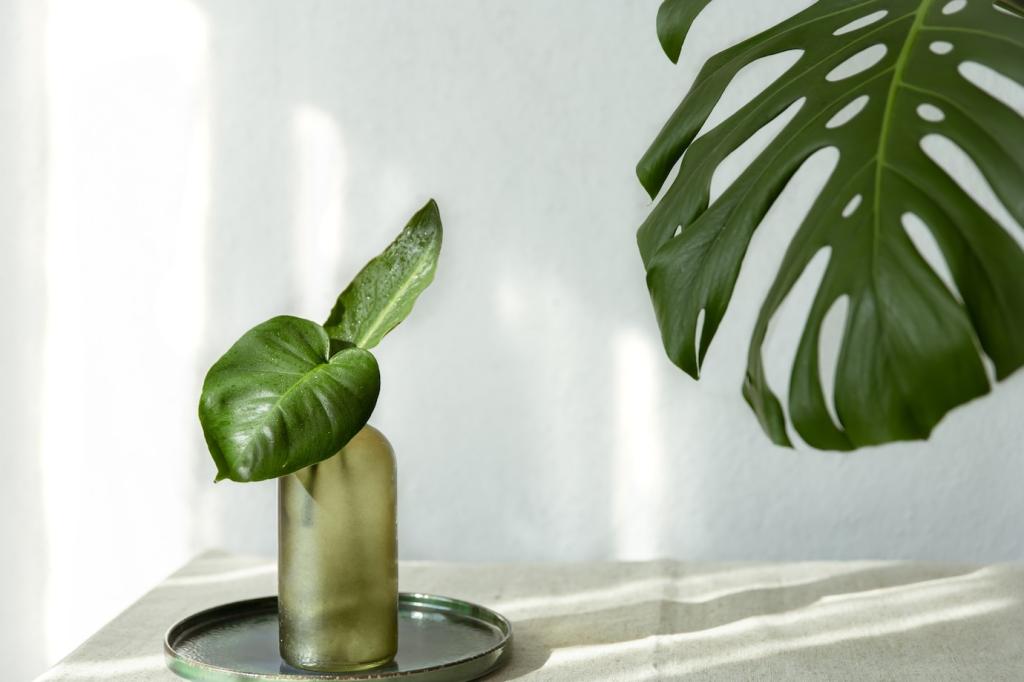
Emerging Biomaterials and Technologies
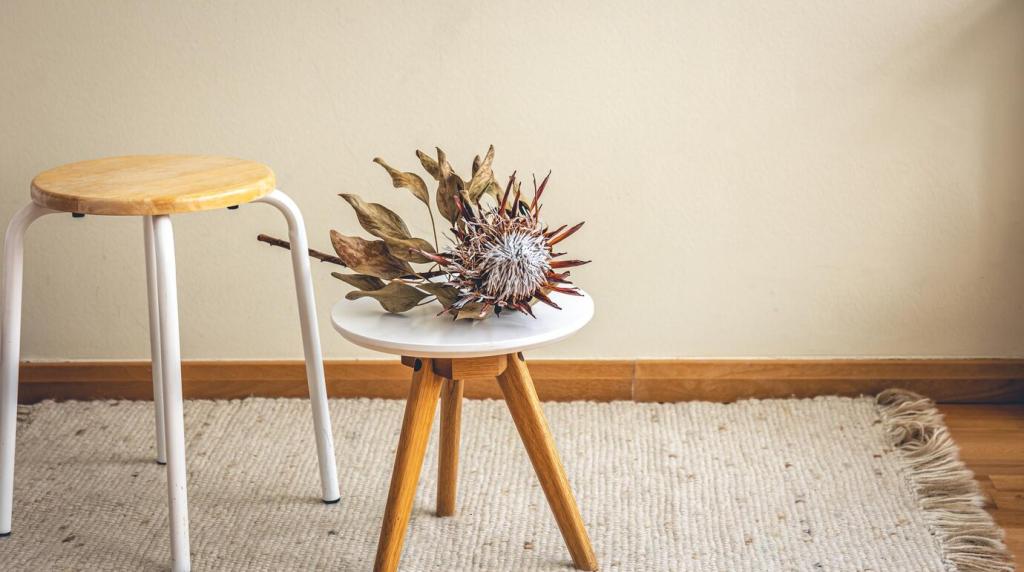
Transparent Supply Chains
